Fixing the Fens
Reconciling human activities with nature is never going to be easy, but a new group is using everything it’s got to try and protect a vital part of the UK.
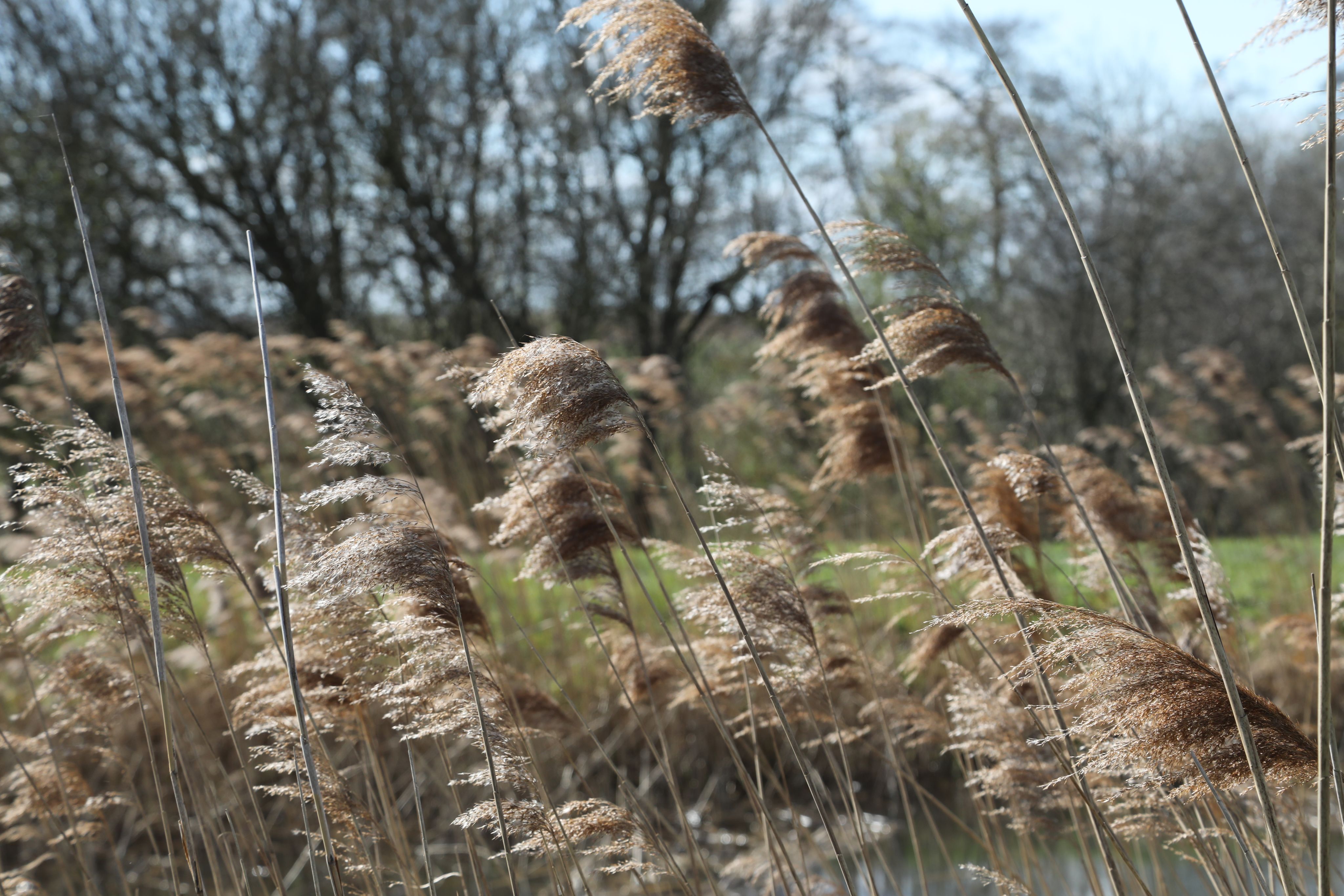
On the University’s doorstep lies a vast expanse of fertile land. The peaty soil is so carbon-rich, the first time researcher Tom Marquand saw it he was shocked.
“The soil in the Fens looks too black to be real – I’d never seen anything like it!” he says. “If it were compressed underground for a few million years, it would be coal.”
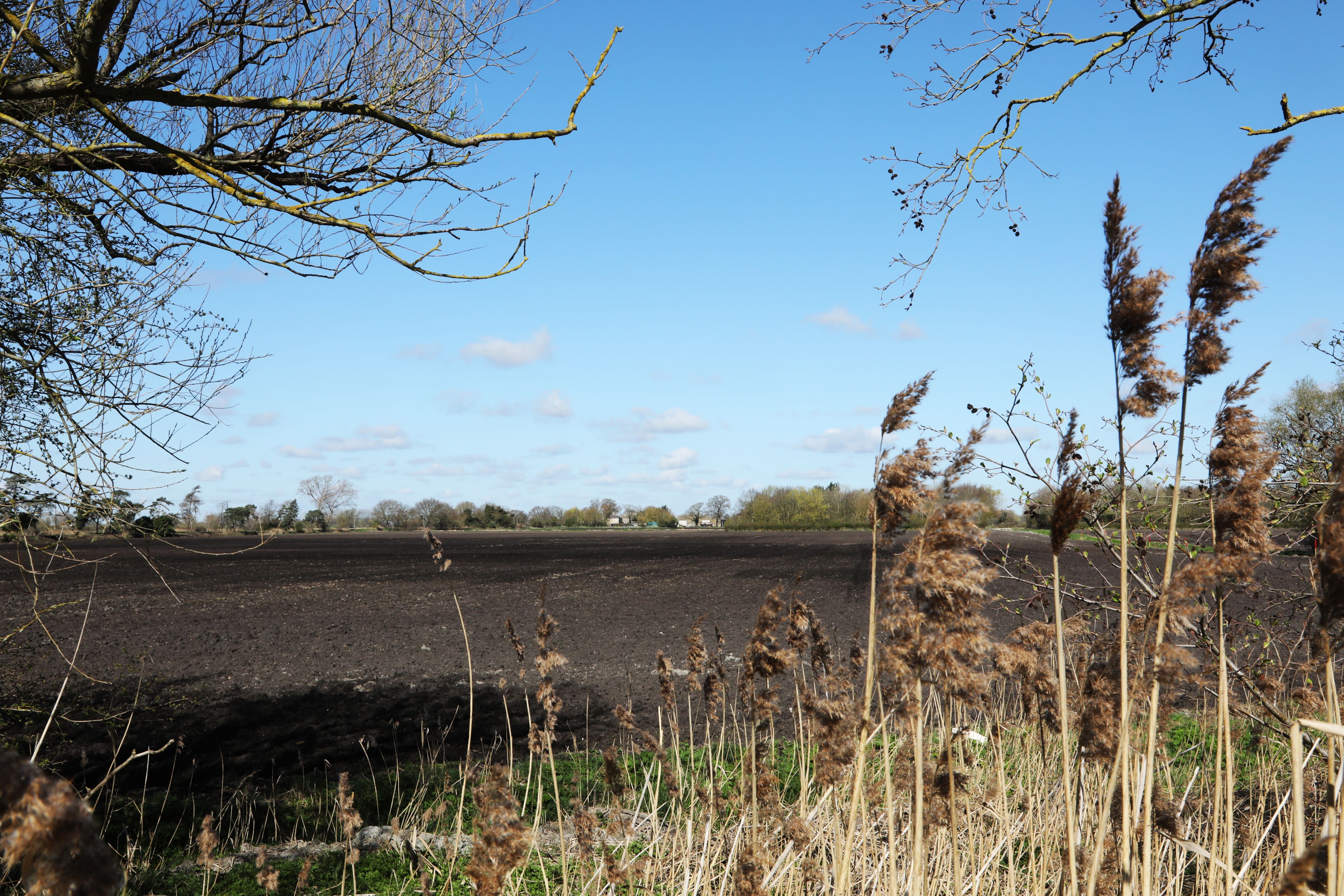
Working this top-grade farmland produces one third of England’s vegetables – including key crops like potatoes, celery and carrots – and half of all UK-grown lettuce. Of the half a million people living in the Cambridgeshire Fens, 80,000 of them are employed in some aspect of food production.
“When you add up the whole food chain - from ‘farm gate to plate’ – the Cambridgeshire Fens puts a huge sum of money into the UK economy.”
Thomas Marquand, PhD researcher in the University of Cambridge’s Department of Earth Sciences.
That sum is estimated at over £3 billion each year. So why are he and fifty other Cambridge researchers worried?
The Cambridgeshire Fens have not always been so hospitable. Until the 1600’s, this region was a low-lying swamp, covered with reeds and sedge where hardy locals grazed animals in summer and caught fish in winter. Then Dutch engineers were brought in to drain the land so wealthy landowners could make more money.
The soils that emerged were carbon-rich, formed by centuries’ worth of plants trapped underwater and transformed into peat. Farming it today is only possible because hundreds of pumping stations, combined with thousands of miles of watercourses, keep the water moving out to sea.
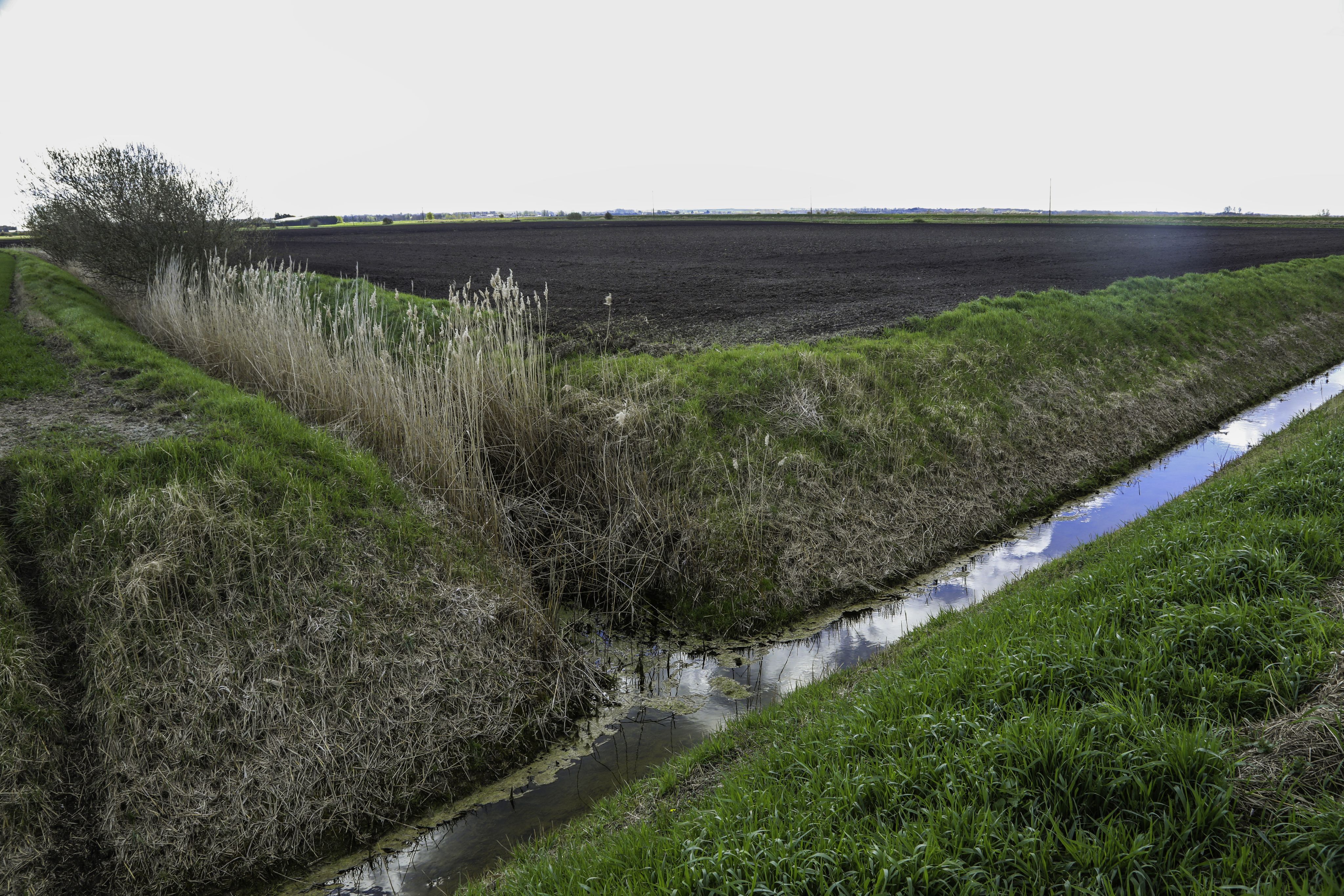
But now that the land isn’t waterlogged any more, the soil is releasing huge amounts of greenhouse gases into the atmosphere.
In 2019, emissions from UK peatland as a whole were estimated at 23.1 million tonnes, adding 3.5% to the UK’s total emissions.
“The Fens are a UK hotspot for carbon emissions from the land,” says Marquand. “I think people understand that if we're burning fossil fuels, we're emitting carbon dioxide into the atmosphere, and that's a greenhouse gas that warms the planet. But what isn't so well-known is how land use affects emissions.”
All soils release greenhouse gases: soil microbes break down the organic matter and belch out CO2 and methane. But in carbon-rich soils, like the Fenland peat, it’s as if the microbes are on steroids.
“The ancient Fen system was like a natural canning process, and that can has been opened because the Fens have been drained. Trapped plant matter is now exposed to the air, and its carbon is being converted into carbon dioxide,” says Marquand.
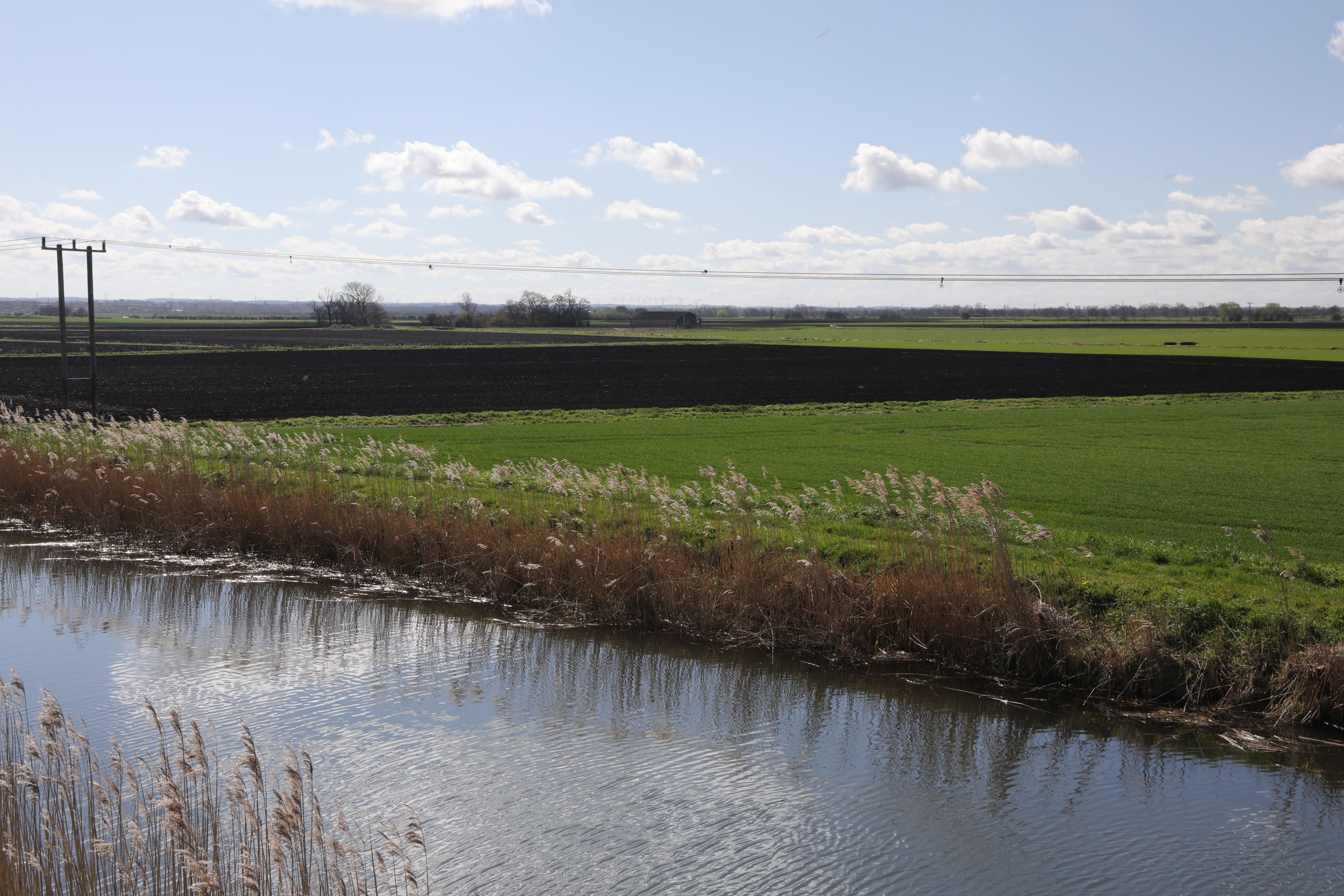
This is bad for farming. The soil is becoming degraded as it loses carbon into the atmosphere, as well as being eroded away by strong winds and rains.
“If your only goal was to prevent greenhouse gas emissions in the Fens, you would re-wet them,” he says, “because wetland soils can store a lot more carbon than the atmosphere. But that would reduce food production to near zero - it's actually a terrible idea. Restoring some areas could be a way to draw carbon back out of the atmosphere. We just need to work out what conditions to keep the land in to do this.”
Marquand is studying the processes in the soil that produce and consume greenhouse gases. By analysing soil samples taken across the Cambridgeshire Fens, he hopes to identify which processes are at work, where, and the rate at which they’re happening. The aim is to contribute to policy recommendations that highlight places where it would be practical – and worthwhile – to change the way the land is managed.
“Rather than making a policy decision based on the instinct that raising the water table reduces carbon dioxide emissions, which is something people say a lot, I want to put numbers on it. For example, raising the water table by 20 centimetres will reduce emissions by 10%. That would be a great way to quantify the impact of different approaches.”
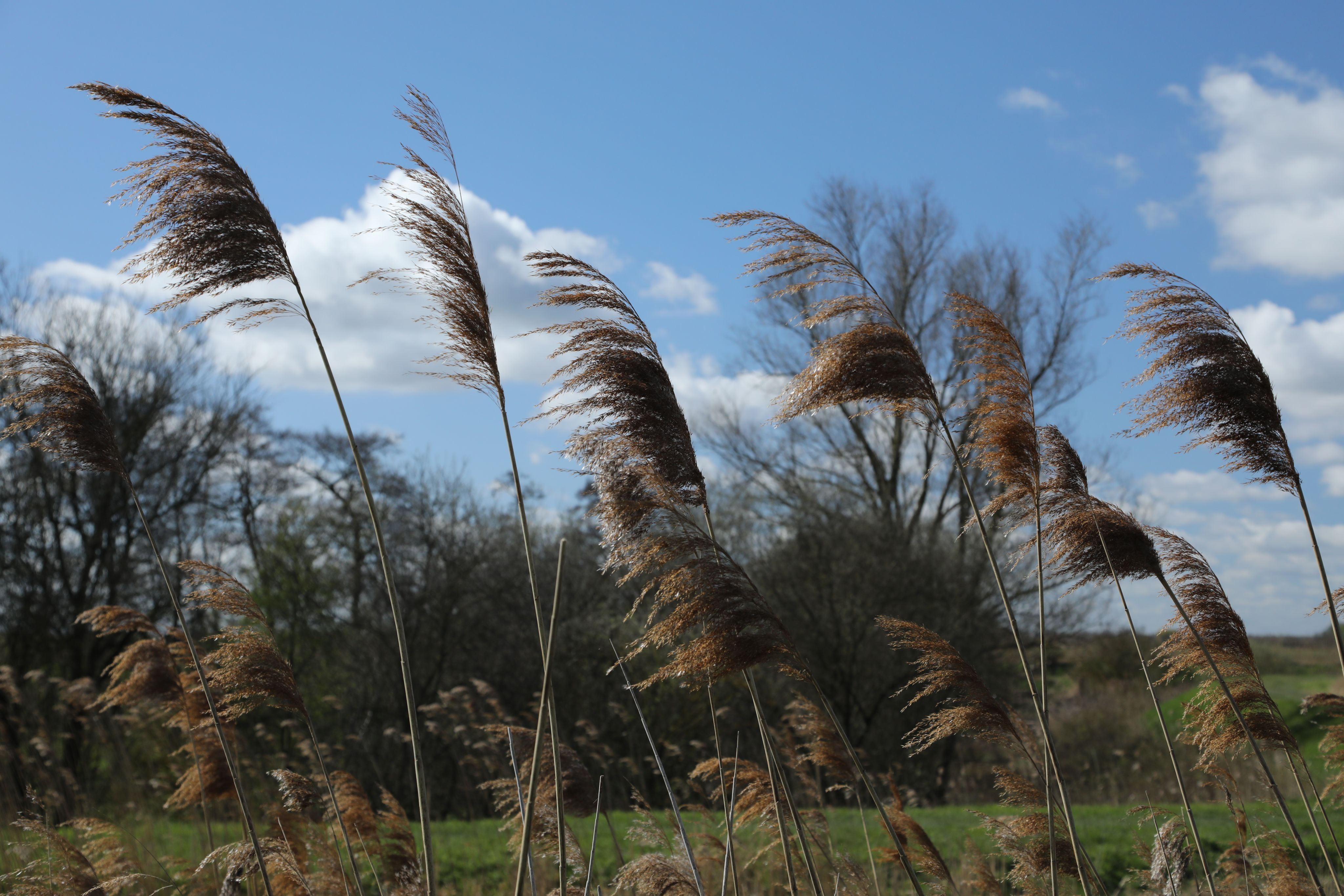
Marquand’s work is just one piece of the puzzle. Being low-lying, in many cases below sea-level, the Fens are not only contributing to climate change – but very vulnerable to it. Rivers sit higher than the land, bounded by banks, which makes flooding a threat.
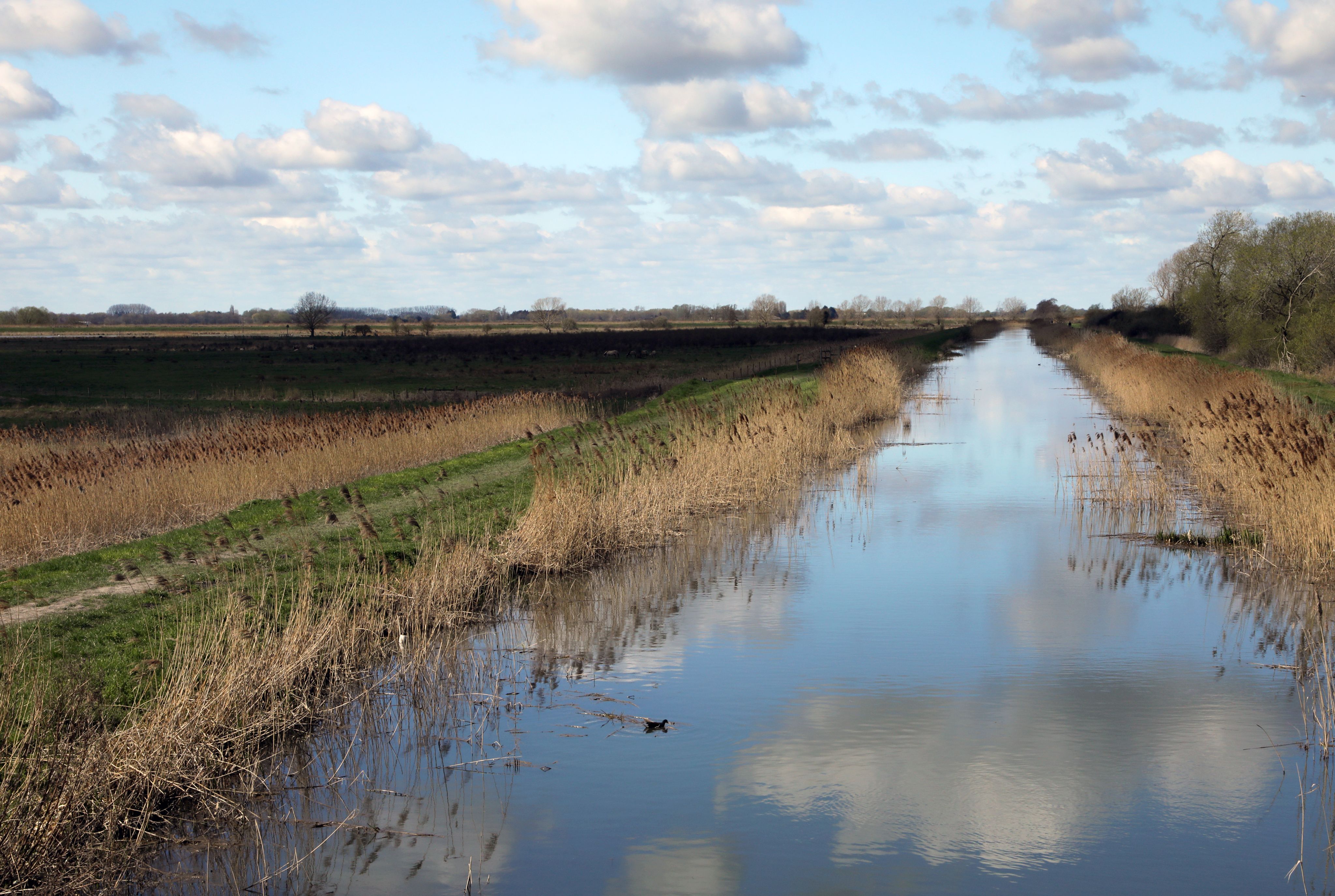
This problem will become worse as sea level rises with global warming, making it harder for the rivers to get out to sea. And if the sea overcomes coastal defences, the arable land could be ruined for decades by salt water.
“The low rainfall of the Fens means climate change is already causing uncertainty about water supplies for both farming and domestic use. Add to these challenges the huge loss of biodiversity caused by changes in land use, and the wider economic and public health challenges of the region: this problem is much bigger and more complicated than anybody imagined,” says Dr Laurie Friday. “And it’s urgent," she adds:
"What happens in the Fens affects climate change, and affects our food supply – it affects everybody.”
Dr Laurie Friday, Centre for Landscape Regeneration
Friday is one of three Programme Managers of Cambridge’s new Centre for Landscape Regeneration, of which Marquand is a member. The £10 million programme is funded by the Natural Environment Research Council (NERC), part of NERC’s £40-million Changing The Environment countryside regeneration project to safeguard the UK’s most important ecosystems and agricultural land.
“This funding provides a once-in-a-lifetime opportunity,” says Friday. “If we take a really transformative view of the region and change how farming is done, how does this change the job market? How might the water system work better in the future - can we create reservoirs that also provide recreational facilities and promote biodiversity?
"We’re trying to work out how all the organisations with an interest in the Fens can sort out these issues from a joined-up perspective.”
One year into the programme, the multi-disciplinary Centre has brought together experienced researchers from across the University of Cambridge, the UK Centre for Ecology and Hydrology, the RSPB and the National Institute of Agricultural Botany (NIAB). Early career researchers are being recruited to focus on the challenge from a wide range of perspectives. And connections are being built with the many organisations and projects currently at work in the Fens, including the Environment Agency, the National Farmers Union, and the Wildlife Trusts.
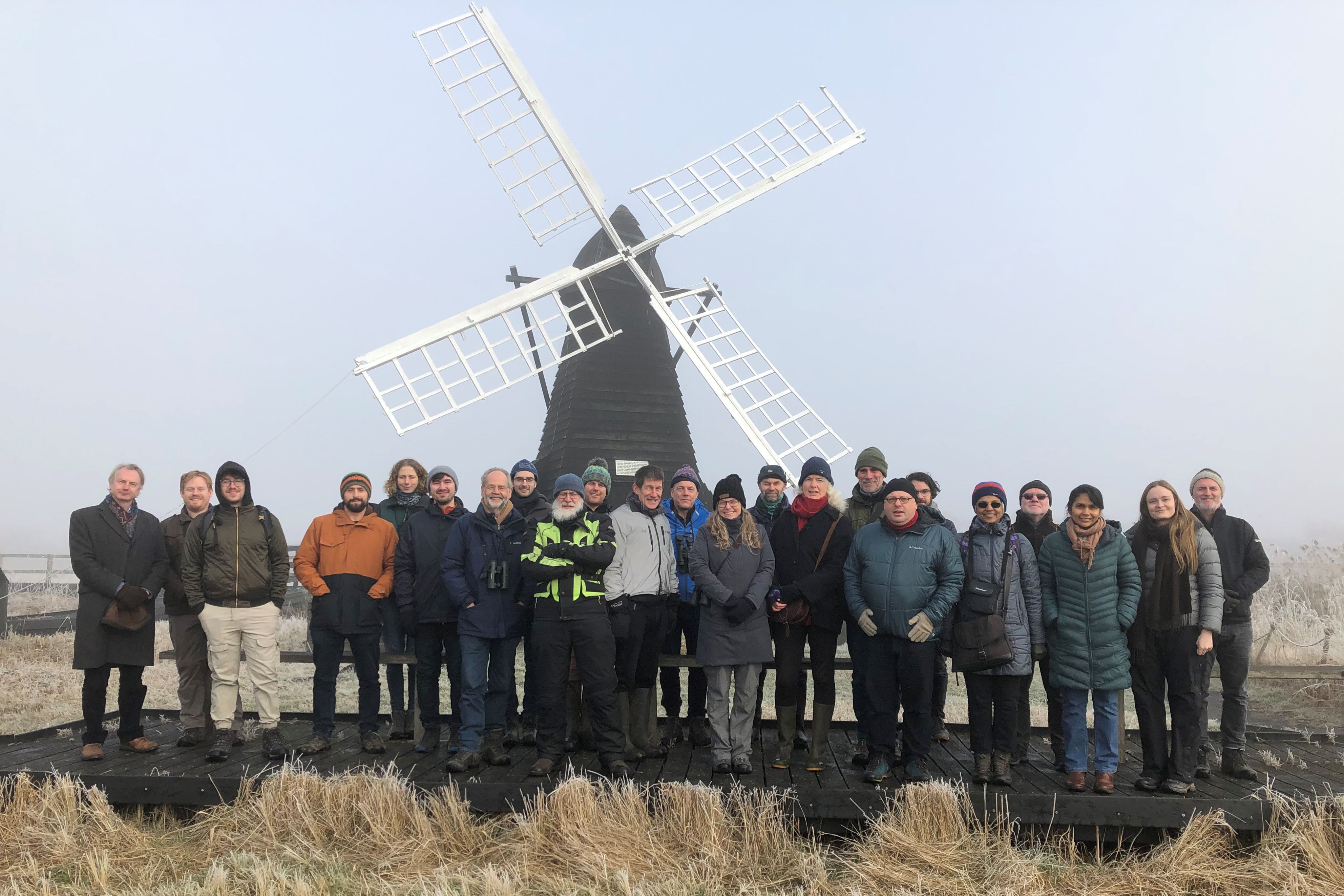
Members of the Centre for Landscape Regeneration at Wicken Fen. Credit: Rebecca Gillett
Members of the Centre for Landscape Regeneration at Wicken Fen. Credit: Rebecca Gillett
“Farmers have their own ideas, and we can help quantify those,” adds Marquand. “One farmer-led group, Fenland SOIL, is keen to try things like changing the water regime or growing new crops.
"Farmers want to know more about what’s affecting their soil, and how it could be managed better."
"Some are already trialling changing the level of the water table, but it’s more practical in some set-ups than others.”
“As well as lending our expertise, we’re gathering their views on how they’d like to see this land managed in future,” he adds. “And we’re helping to connect them into this big web of people so that their ideas are part of the wider considerations.”
“There are so many competing goals,” says Friday. “If you only care about greenhouse gases, there’s a solution. But if you also care about continued food production, that solution won't work everywhere.
"Every time you add a new factor, you have to modify the solution a bit more. I think it’s going to lead to a mosaic of different land management approaches across the Fens.”
The team hopes that after three years they will have come up with a map of informed policy recommendations – tailored on a case-by-case basis and perhaps even changing from year to year. Then, the Centre will switch focus to work on issues in the Lake District and the Cairngorms, both highland peat landscapes where some of their solutions might also be applicable.
“The challenge in protecting the UK’s most important ecosystems and agricultural land has been that solutions have tended to be piecemeal and narrow in focus. We’re bringing a real breadth of expertise to this, and looking at every aspect of these systems to try and come up with better solutions,” says Professor David Coomes, Director of the Cambridge Conservation Research Institute, who co-leads the Centre with Professor Emily Shuckburgh, Director of Cambridge Zero.
The Centre ultimately aims to help safeguard and regenerate the British countryside. Finding ‘nature-based solutions’ can have a range of benefits – from helping to meet net zero climate targets, adapting to climate change, protecting biodiversity and delivering services.
“In the end it’s all about people,” says Marquand. “Being in this collaboration I’m constantly reminded to think about the impact each decision might have on people’s actual lives.”
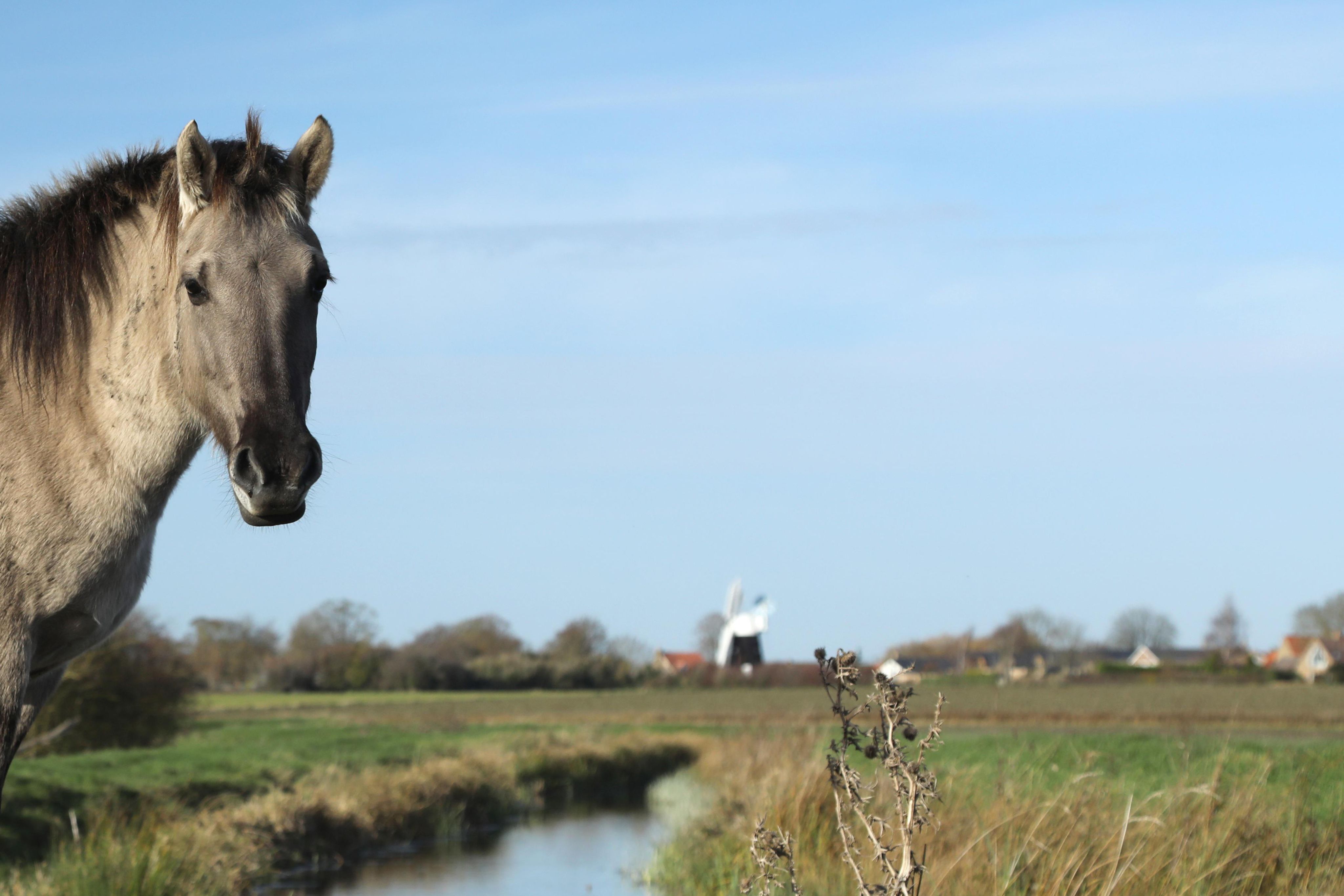

This work in the Fens is just one of the ways that research by Cambridge and its partners benefits people in the UK – locally, regionally and nationally. Explore our interactive map and discover more.
Published 14 April 2023
Photographs by Jacqueline Garget unless otherwise noted.
The text in this work is licensed under a Creative Commons Attribution-NonCommercial-ShareAlike 4.0 International License
